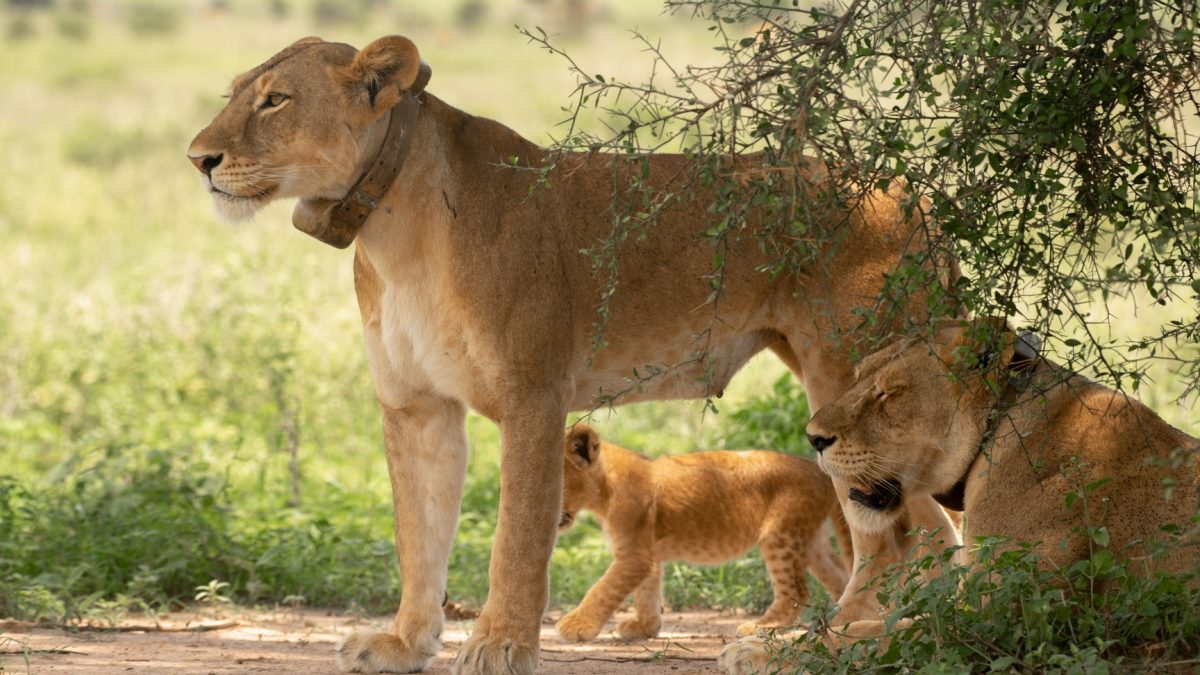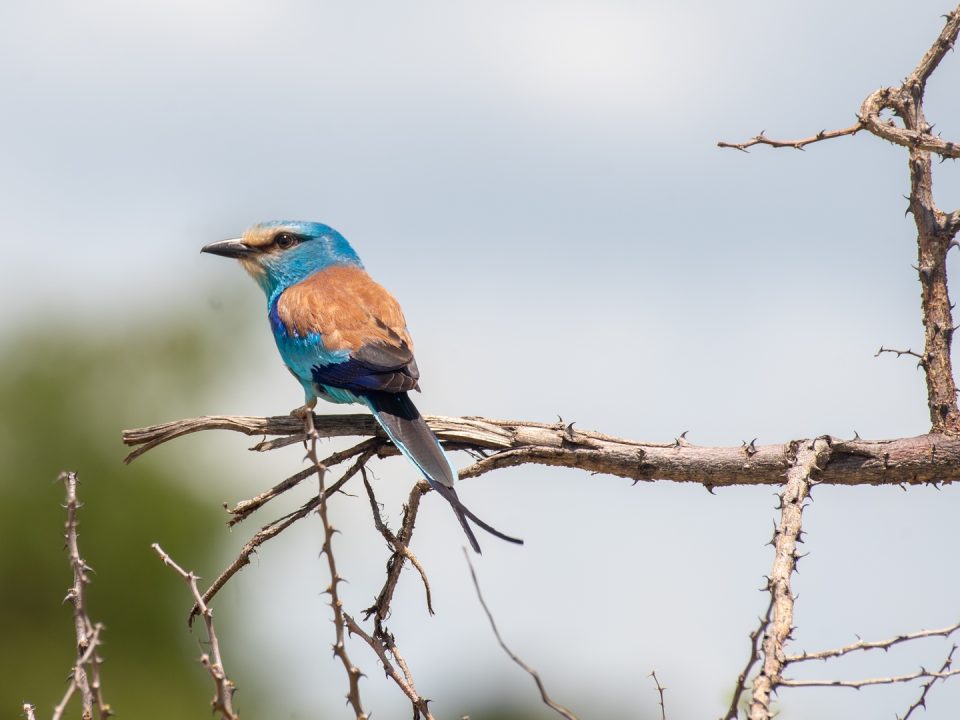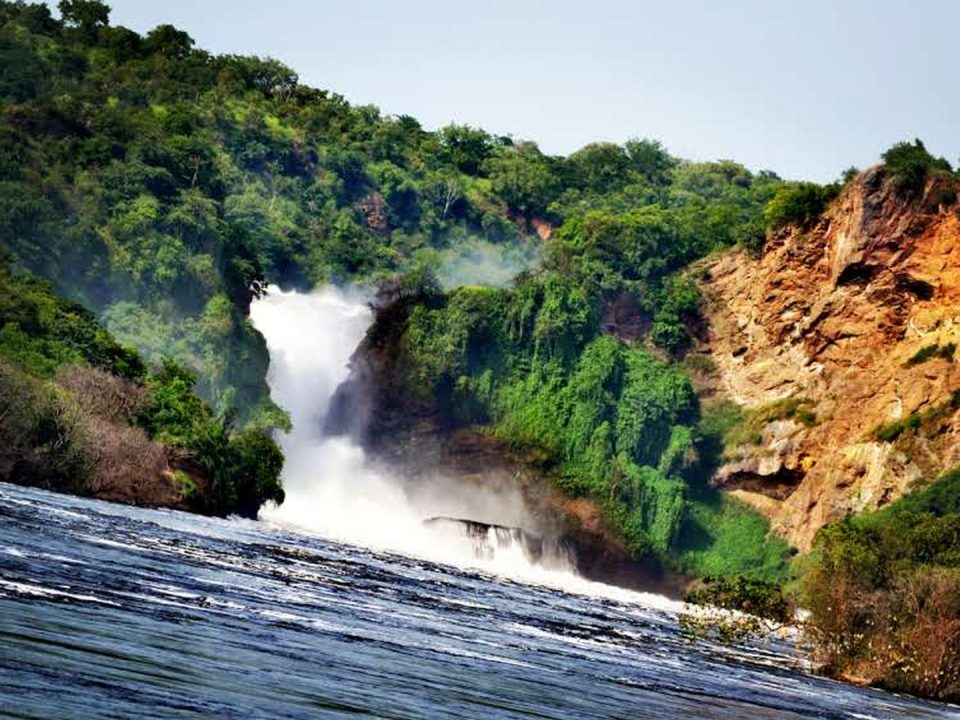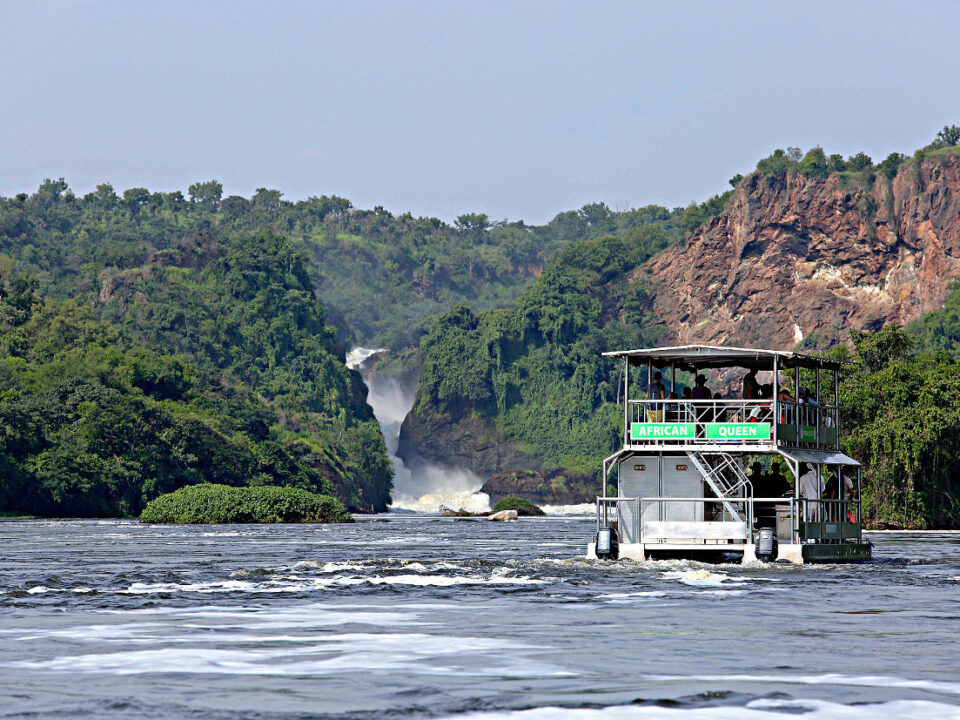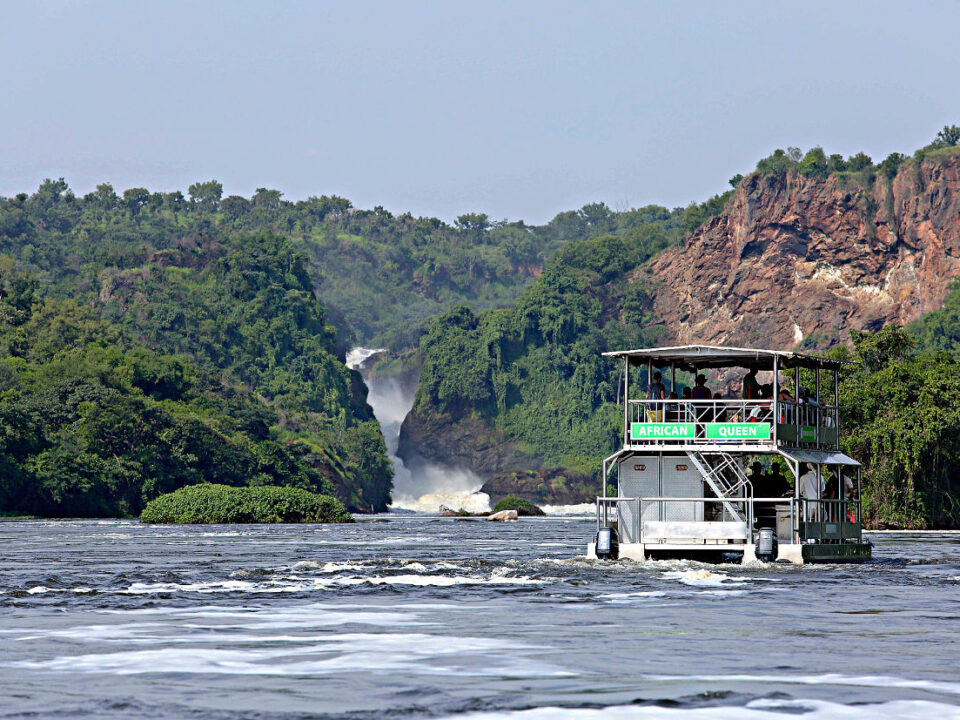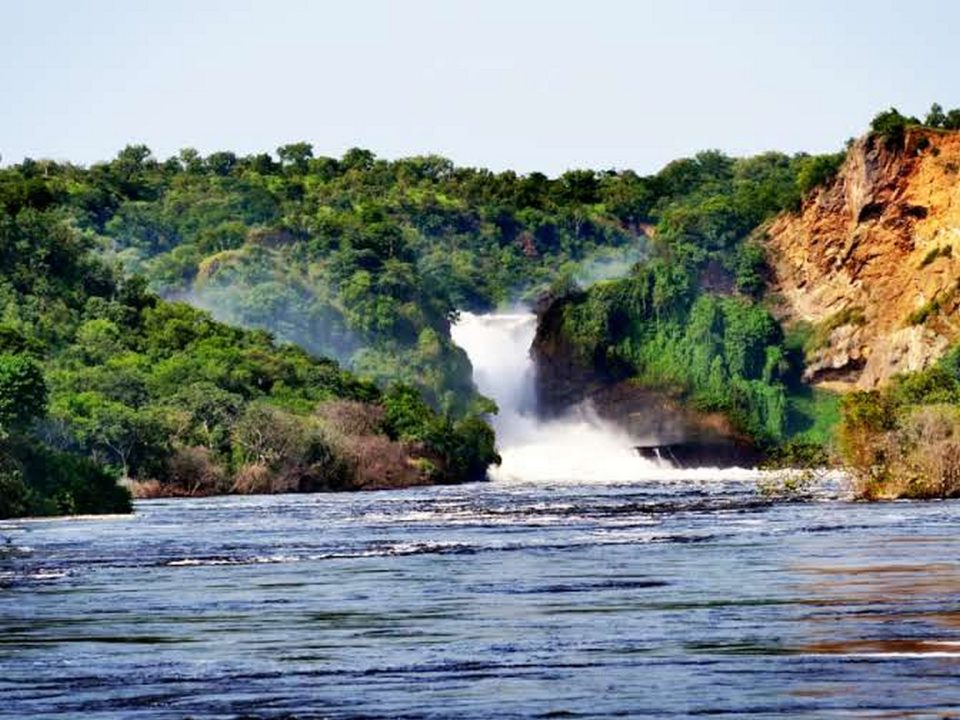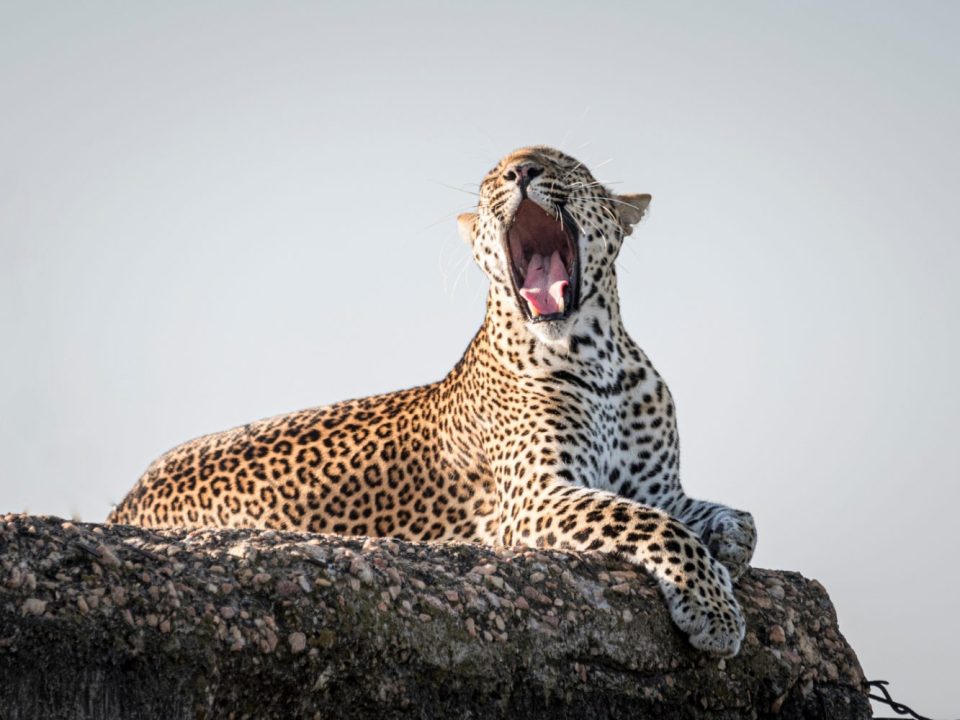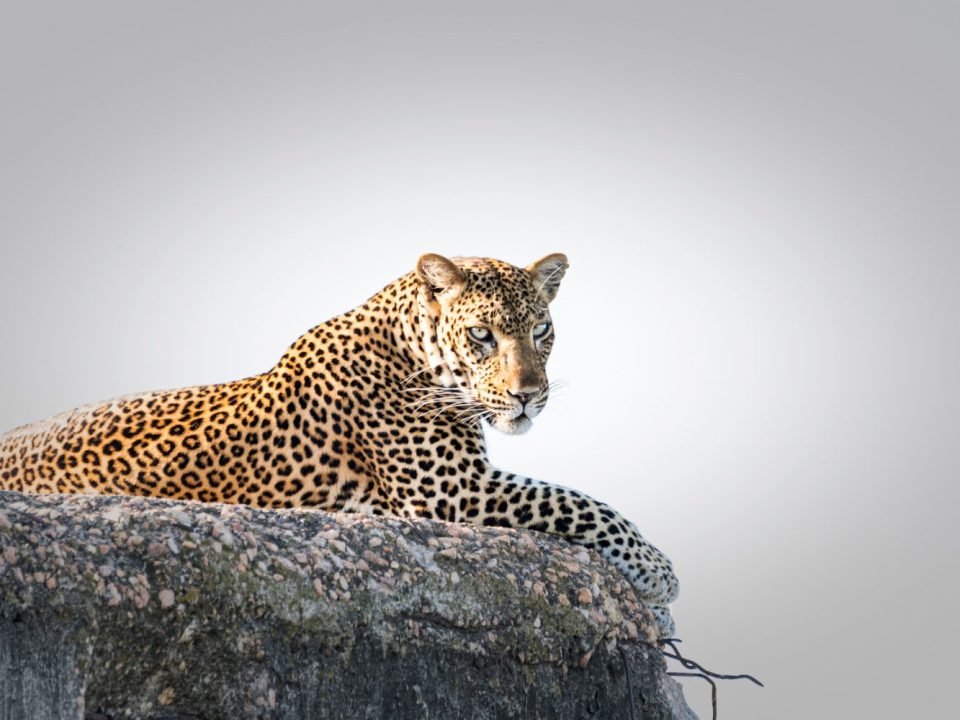
Are Drones Allowed in Murchison Falls National Park?
April 3, 2025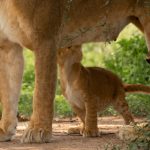
Are There Any Endangered Species in Murchison Falls National Park?
April 3, 2025Are There Any Community Initiatives Around Murchison Falls National Park?
Are There Any Community Initiatives Around Murchison Falls National Park? Murchison Falls National Park, one of Uganda’s largest and most diverse protected areas, not only attracts tourists from around the world for its wildlife and scenic beauty but also plays an essential role in the well-being of the surrounding communities. While the park’s primary focus is conservation and preserving its stunning landscapes and wildlife, it recognizes the importance of working with local communities to ensure that both the environment and people thrive.
In this article, we will explore the various community initiatives around Murchison Falls National Park that contribute to sustainable development, wildlife conservation, and local livelihoods. These programs play a pivotal role in creating harmony between the park’s management and the local population, fostering a sense of ownership and responsibility for the area’s natural heritage.
Exceptional Uganda Safari Packages to Murchison Falls National Park
- 6 Days Uganda Adventure Tour
- 6 Days Uganda Safari
- 7 Days Uganda Safari
- 7 Days Uganda Tour
- 8 Days Uganda Safari
- 8 Days Uganda Tour
- 9 Days Uganda Safari
- 9 Days Uganda Wildlife Tour
- 15 Days Best of Uganda Safari
- 15 Days Ultimate Uganda Safari
- 21 Days Around Uganda Safari
- 21 Days Uganda Safari
- 3 Days Bwindi Gorilla Trekking
- 4 Days Uganda Safari
- 4 Days Gorilla Trekking Safari
- 5 Days Uganda Tour
- 5 Days Uganda Safari
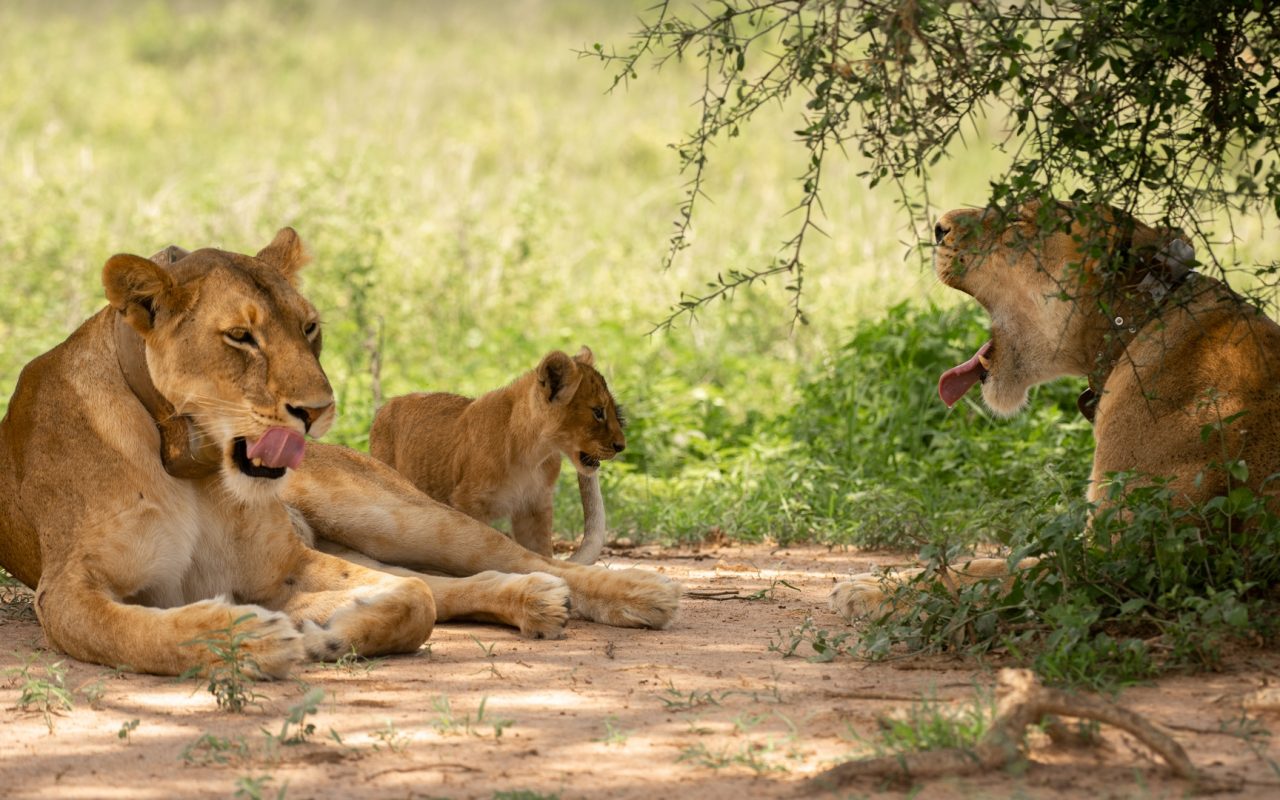
Murchison Falls National Park
The Importance of Community Involvement in Conservation
Murchison Falls National Park, like many wildlife reserves worldwide, faces numerous challenges in its efforts to protect wildlife and preserve its ecosystems. With increasing human populations, land encroachment, and a dependence on the park’s natural resources for livelihoods, there are ongoing threats to the park’s biodiversity. However, the recognition that the local communities living around the park are essential to the park’s conservation efforts has led to the development of many community-based programs. These initiatives help mitigate negative impacts while promoting socio-economic development, creating a balanced coexistence between the park and its neighboring areas.
By involving local communities in the park’s conservation efforts, Uganda Wildlife Authority (UWA) and various other organizations have managed to reduce human-wildlife conflicts, encourage responsible tourism, and provide alternative livelihood opportunities to the residents. Furthermore, by creating jobs and fostering partnerships, these initiatives have built a sense of ownership, empowering the local population to actively participate in safeguarding the natural resources of Murchison Falls.
Community-Based Tourism Initiatives Around Murchison Falls
One of the most significant community initiatives around Murchison Falls is the development of community-based tourism programs. These programs offer local people an opportunity to benefit directly from the influx of tourists visiting the park. As eco-tourism grows in popularity, communities surrounding the park have recognized the value of the wildlife and landscapes, and many have embraced tourism as an alternative source of income.
Local Cultural and Craft Experiences
The local communities around Murchison Falls National Park, including the Batwa, Bunyoro, and Lugisu people, offer visitors a chance to learn about their cultures through traditional dance, craft-making, and storytelling. Visitors can take part in cultural tours where they are invited to experience the local way of life, which has evolved alongside the park’s wildlife. These cultural experiences help raise awareness about the cultural richness of Uganda and the importance of conserving natural areas, as well as providing communities with the chance to showcase their heritage and earn a living from tourism.
Handcrafted items such as baskets, jewelry, and pottery made by local artisans are sold in markets around the park, creating an additional stream of income for the communities. These handcrafted goods are not only a testament to the artistic traditions of the locals but also a way for tourists to support the community directly by purchasing locally made products.
Homestays and Community Lodges
In addition to traditional tourism experiences, some local communities around Murchison Falls have partnered with tour operators to establish community-run lodges and homestay programs. These accommodations are typically owned and operated by the locals, allowing visitors to experience Uganda’s rural lifestyle firsthand. Staying in these community-run accommodations gives tourists the chance to support local businesses, as a significant portion of the income generated is reinvested into the local community.
These community lodges and homestays help reduce poverty and create jobs for local residents, including guides, chefs, and caretakers. They also promote sustainable tourism, ensuring that the growth of the industry benefits the environment and local culture without overwhelming the area’s natural resources.
Community Outreach and Conservation Education
Education and awareness are key components of any successful conservation initiative, and Murchison Falls National Park has placed a strong emphasis on educating local communities about the importance of protecting the park’s ecosystems. Uganda Wildlife Authority and several NGOs have launched outreach programs aimed at raising awareness of wildlife conservation issues, sustainable farming, and the importance of environmental stewardship.
Schools and Wildlife Clubs
One of the most impactful ways that conservation education is being integrated into local communities is through school programs. Schools around Murchison Falls National Park have partnered with UWA and conservation organizations to create wildlife clubs and environmental education programs. These initiatives teach young people about the importance of biodiversity, the park’s unique species, and how to protect natural resources for future generations.
Through these clubs, students engage in activities such as , bird watching, and wildlife monitoring, instilling a sense of responsibility toward preserving the park’s natural heritage. These activities also empower students to become conservation advocates in their communities, ensuring that environmental values are passed on to the next generation.
Public Awareness Campaigns
In addition to school programs, there are public awareness campaigns aimed at educating adults in surrounding communities about the benefits of conservation. These campaigns focus on topics such as reducing illegal poaching, protecting water sources, and understanding the role of national parks in climate change mitigation. UWA and local conservation groups hold workshops, community meetings, and radio programs to spread these messages.
These public outreach efforts have been essential in reducing human-wildlife conflict, as communities now understand the importance of maintaining the park’s integrity and the long-term benefits it brings to their lives. Educated communities are more likely to protect wildlife and prevent illegal activities like poaching and encroachment.
Alternative Livelihood Programs: Reducing Dependency on the Park
Another key strategy to protect Murchison Falls’ wildlife is reducing the local communities’ dependence on the park’s resources. Over time, communities surrounding the park have relied on it for fuelwood, grazing, and farming. This unsustainable use of resources has sometimes led to habitat destruction, overgrazing, and conflict with wildlife. To address these issues, UWA and NGOs have implemented several alternative livelihood programs that provide local people with the means to support themselves without harming the park’s ecosystems.
Sustainable Agriculture
Sustainable agriculture is one of the most effective ways to reduce the pressure on Murchison Falls National Park’s resources. Through training programs, local farmers learn how to grow crops in environmentally friendly ways that do not lead to deforestation or overuse of land. For example, farmers are taught agroforestry techniques, which involve planting trees alongside crops to enhance soil fertility and prevent erosion. This reduces the need to cut down trees for firewood, thus protecting the park’s forested areas.
Beekeeping and Eco-Friendly Products
Another successful initiative is the promotion of beekeeping. Beekeeping provides local communities with a sustainable source of income through honey production while also benefiting the environment. Bees are essential pollinators, and their activity helps support the growth of plants and crops in the area. In addition, the sale of honey and beeswax products provides an economic alternative to the unsustainable practices that often lead to habitat destruction. Beekeeping also helps mitigate human-wildlife conflict, as bees are known to deter elephants from entering farmland.
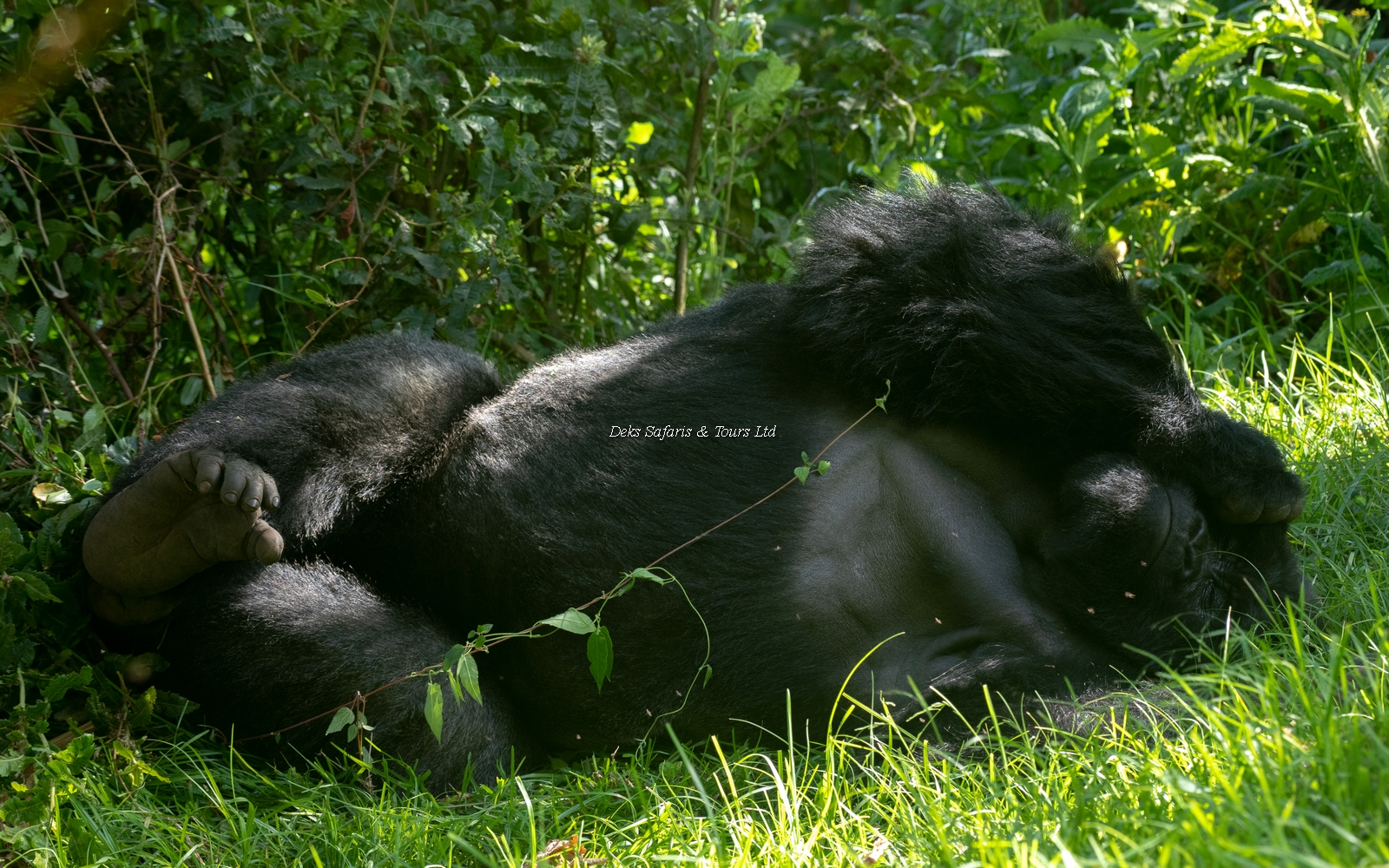
Bwindi Impenetrable Forest
The Role of Gorilla Trekking in Bwindi Impenetrable Forest
A unique opportunity to experience Uganda’s wildlife and support community initiatives is through gorilla trekking in Bwindi Impenetrable Forest. Located in southwestern Uganda, Bwindi is home to more than half of the world’s remaining mountain gorillas. For travelers visiting Murchison Falls National Park, combining a safari with a gorilla trekking experience offers the chance to contribute to the conservation of endangered species and benefit local communities.
The revenue generated from gorilla trekking permits is directly invested in conservation efforts in both Bwindi and Murchison Falls. This income supports anti-poaching programs, habitat restoration, and community-based tourism initiatives. By visiting both parks, tourists contribute to the overall conservation of Uganda’s natural heritage, supporting the local communities and wildlife in both areas.
Conclusion: A Sustainable Future for Murchison Falls National Park and Its Communities
Community initiatives around Murchison Falls National Park have proven to be a vital part of its conservation strategy. By working together with local people, Uganda Wildlife Authority, NGOs, and tourists can ensure that both the park’s wildlife and its surrounding communities benefit in a sustainable manner. These initiatives—ranging from eco-tourism and cultural experiences to sustainable agriculture and wildlife education—have created a powerful synergy between the natural environment and the local people, ensuring that Murchison Falls remains a thriving wildlife haven for generations to come.
Deks Safaris and Tours Ltd is proud to support these community initiatives and offers eco-friendly tours that contribute to both conservation and community development. By traveling with us, you help support these efforts while experiencing the incredible wildlife and cultural richness that Murchison Falls and Uganda have to offer.

